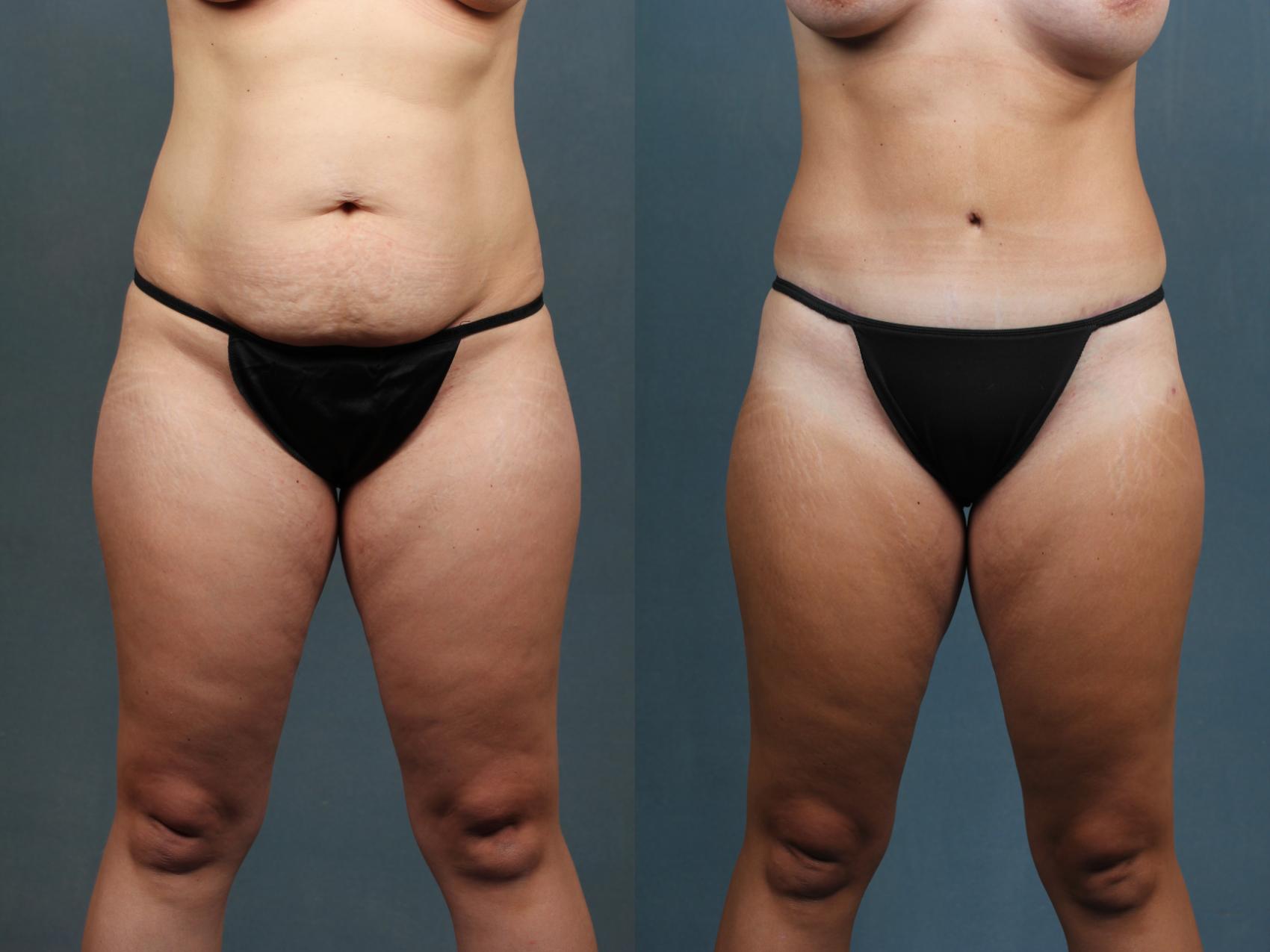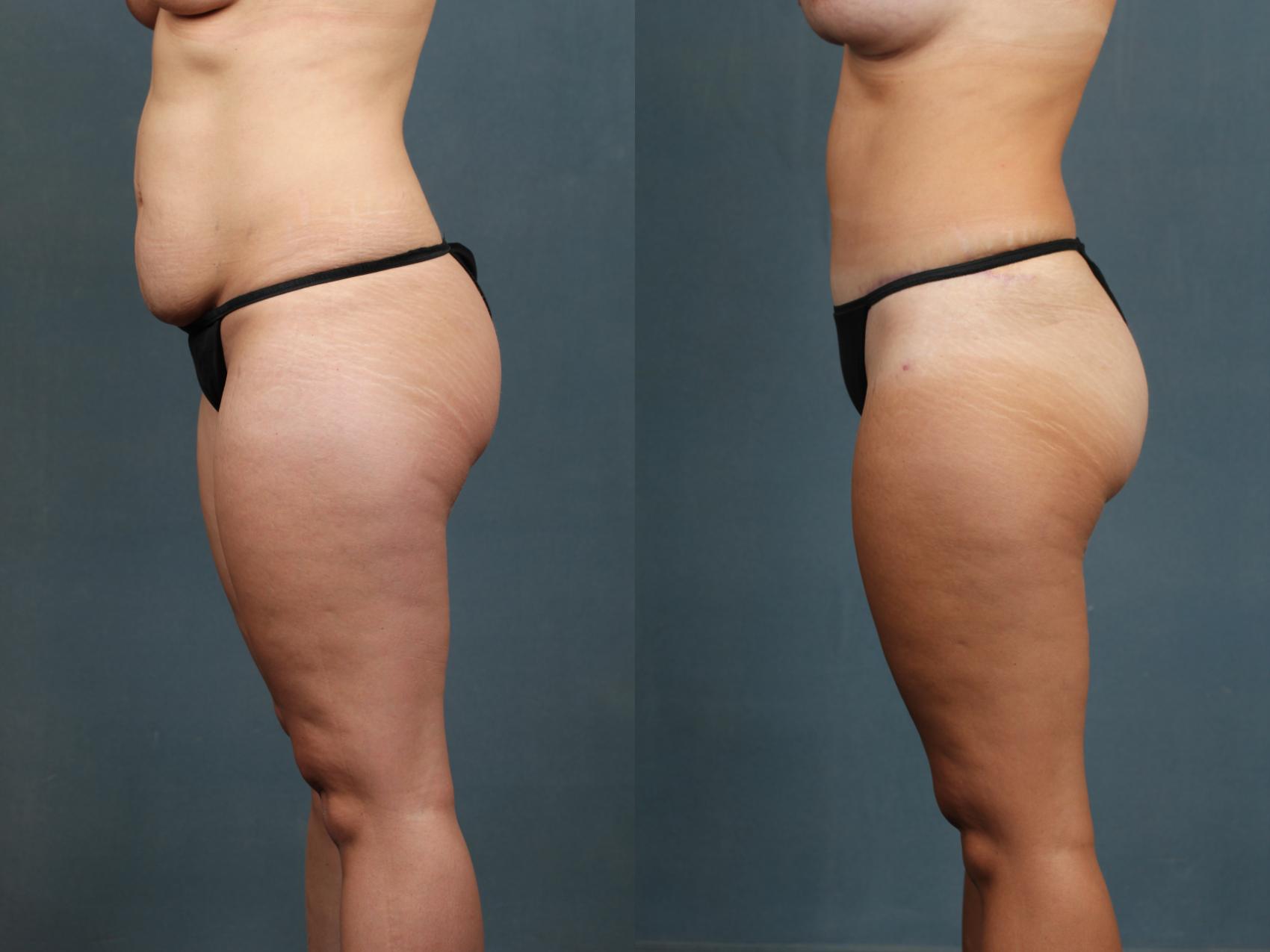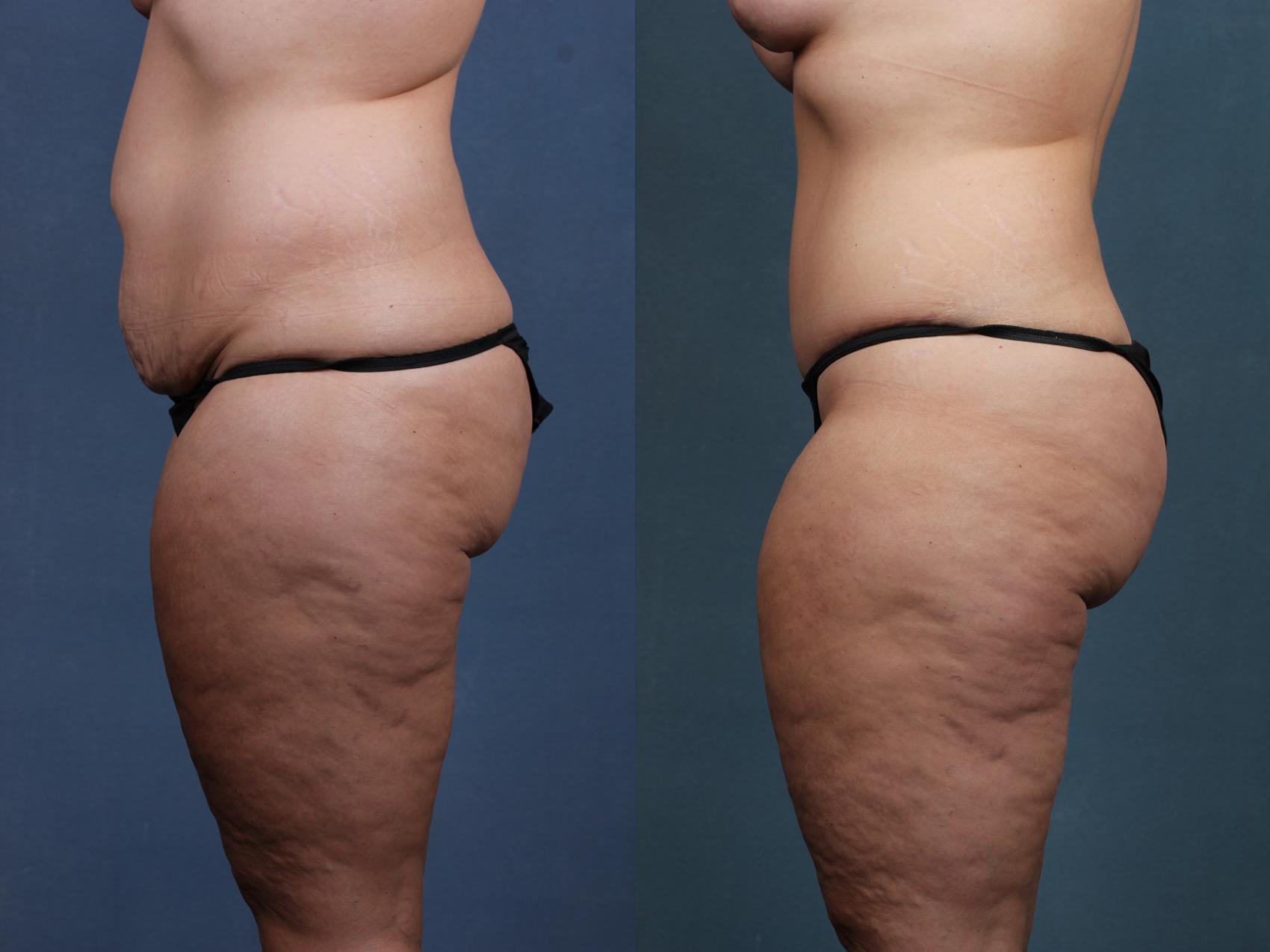Many women yearn for the flat, toned stomach they had before pregnancy and childbirth. But, separated abdominal muscles (diastasis recti) often result in a protruding belly, leaving you feeling frustrated and self-conscious during swimsuit season and beyond. Don’t despair! A tummy tuck can repair a stretched, bulging belly and boost your body image.
With this in mind, let’s learn more about tummy tuck surgery for diastasis recti and discover how it can help you restore your physique and quality of life.
What Is Diastasis Recti?
Diastasis recti occurs when the space between your left and right abdominal muscles widens. In technical terms, the “linea alba” becomes overstretched, separating the left and right abdominals. This commonly occurs during pregnancy but can also result from weight fluctuation or workouts that put too much pressure on your abs. While diastasis recti may resolve itself postpartum, this condition persists in about 40% of women 6 months after childbirth.
Diastasis Recti Symptoms & Diagnosis
If you’re wondering how to know if you have diastasis recti, here are a few common signs to watch for:
- Belly “pooch” or bulging above or below the bellybutton that doesn’t go away
- Softness that is seen and felt around the mid-abdomen
- Visible “coning” or “doming” of your belly when leaning back
- Lower back pain triggered by specific movements
- Increased urinary incontinence, especially when you sneeze or cough
- Poor posture
- Feeling like you have weak abs
During pregnancy, it’s difficult for most women to identify whether these symptoms are present. Postpartum, your health care provider can determine whether you have diastasis recti and, if so, the severity of your condition. They will feel your abdomen to check for gaps and lack of muscle tone. Some providers may even use ultrasound for precise diagnosis. An abdominal gap wider than 2 centimeters—or 2 to 3 finger widths—is considered diastasis recti.
Do I Need To Treat Diastasis Recti?
While diastasis recti repair is not essential, the condition can affect your overall health. If left untreated, it can increase your risk of developing back pain, constipation, hernia, and an unstable core. Diastasis recti can also cause pelvic floor dysfunction, which may result in discomfort during intercourse and other concerns.
Repairing the separated abdominal muscles with a cosmetic tummy tuck can significantly improve your quality of life and self-confidence. Many patients concerned about their abdominal appearance also opt for complementary procedures such as liposuction or nonsurgical CoolSculpting®. Of course, a mommy makeover provides the ultimate body contouring transformation! Learn more about the benefits of combination surgery in our related blog post.
Tummy Tuck for Diastasis Recti Repair
While nonsurgical options like physical therapy and yoga can help, a surgical tummy tuck (abdominoplasty) offers the best long-term solution for correcting and repairing separated abdominal muscles and giving you a stronger, flatter core.
During tummy tuck surgery, we strengthen and solidify your core by stitching your separated abdominal muscles together and securing them back into place. In addition to repairing your ab muscles, a tummy tuck removes excess skin and fat and may include reshaping your bellybutton opening for natural-looking results. We do everything possible to minimize visible scarring.
Tummy Tuck Methods
At CaloAesthetics, we customize our surgical techniques to meet your aesthetic needs and goals. There’s never a one-size-fits-all approach to your tummy tuck. The different types of tummy tuck surgery we perform include:
Mini Tummy Tuck: This less invasive approach addresses only the skin beneath the bellybutton. Therefore, it is only suitable for patients who need minimal correction. It is not usually suitable for patients requiring diastasis recti repair.
Standard or Extended Tummy Tuck: This approach includes full abdominal repair, fixing weakened or separated abdominal muscles, removing excess skin and fat, tightening skin above and below the navel, and reshaping the bellybutton. An extended tummy tuck also addresses excess skin and fat on the flanks and lower back. Both options require a longer recovery window but deliver more dramatic results than a mini tummy tuck.
Drainless Tummy Tuck: In some cases, we may perform internal suturing to secure the abdominal skin along the abdominal wall, eliminating the need for drains. Many patients prefer this technique because sutures gradually dissolve and they do not have to worry about any inconvenience or discomfort associated with surgical drains.
Can I Lower My Risk for Diastasis Recti?
While most women experience abdominal weakening or separation during pregnancy, you can take some proactive steps during and after pregnancy to relieve pressure on your abdominal muscles and preserve your core. These include:
- Maintaining a healthy weight gain throughout pregnancy
- Exercising your core safely (avoid crunches and situps right after childbirth)
- Refraining from heavy lifting that can strain your abdominal muscles
- Maintaining good posture
- Rolling to one side and using your arms for support when getting out of bed
Schedule Your Tummy Tuck Consultation
It’s never too late to fix diastasis recti and achieve a flatter, toned midsection! We encourage you to request a consultation online or call us at (502) 899-9979 to explore your options.







Leave a Reply